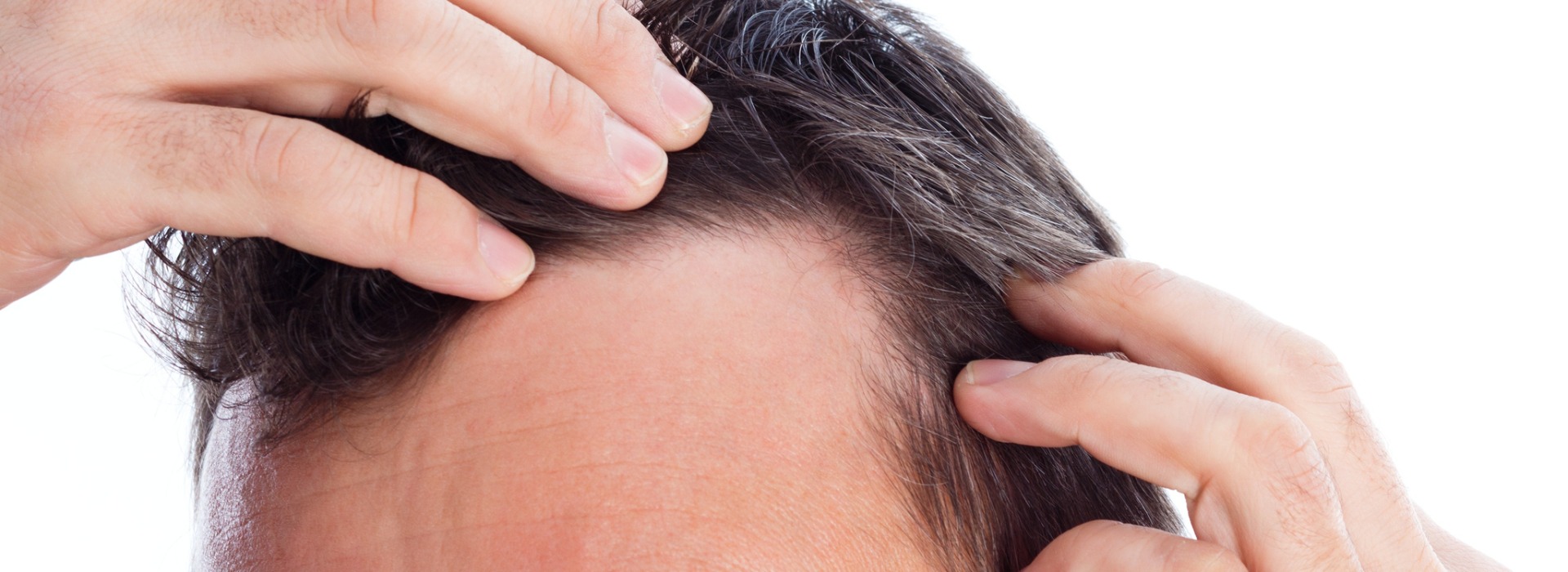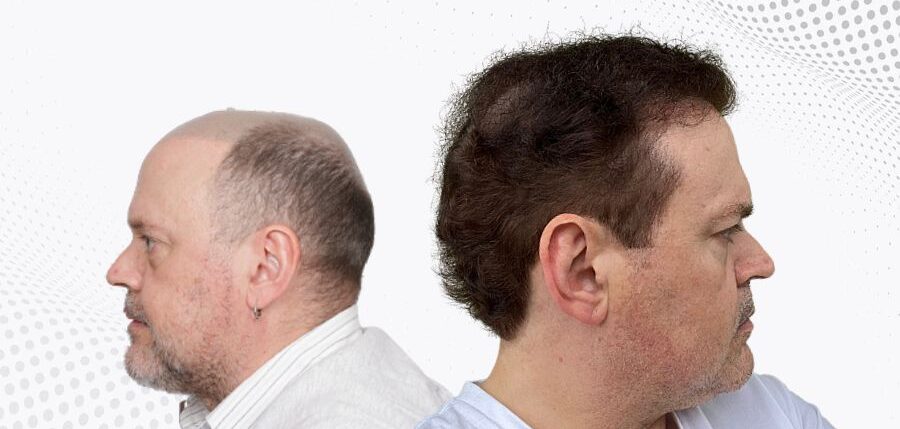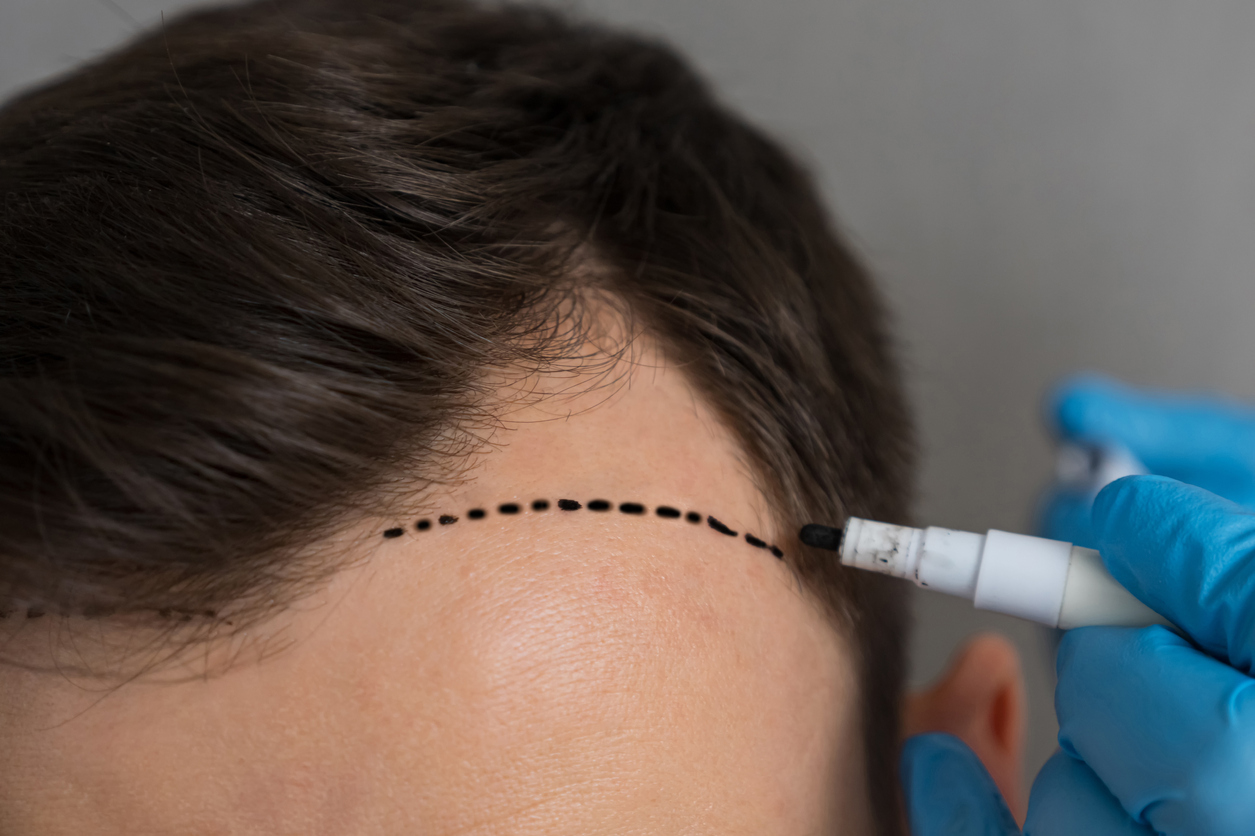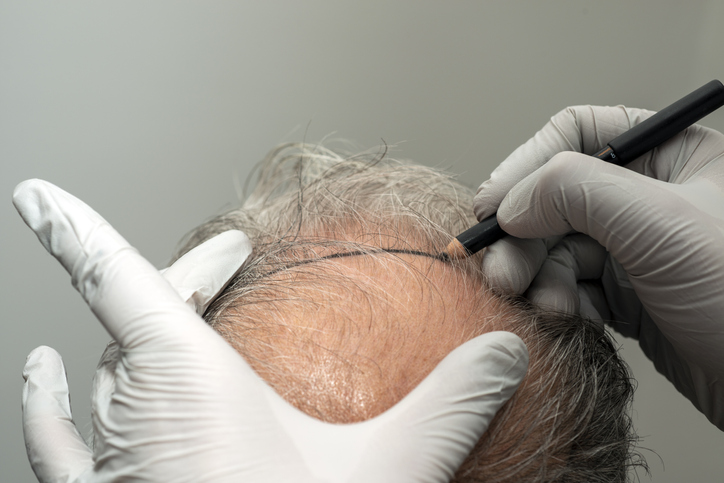What is a Temple Point Hair Transplantation?
Male pattern baldness, or androgenic alopecia, is a prevalent type of hair loss affecting over half of men aged 50 and above in the UK. Temple hair loss, manifesting between the forehead and ears, behind the eyes, is a common manifestation of this condition. This loss can alter the hairline’s shape, sometimes resulting in a V-shaped hairline, often referred to as a widow’s peak.
Is a Temple-Specific Hair Transplant Possible?
Yes, one can indeed opt for a hair transplant targeting solely the temples. Such a request is often made during the early stages of hair loss, generally around Norwood stage 2.
The procedure for a temple hair transplant is consistent with other hair restoration treatments.
However, before starting the treatment a thorough assessment of your hair loss will be done to determine your donor area suitability. On the day of your surgery, your surgeon will do the assessment then design a realistic, natural-looking hairline to set expectations. Next, they will do an extraction of individual hair grafts (FUE). Lastly, your surgeon will create minute incisions in the temple area for subsequent graft implantation to follow the existing hair’s natural pattern.
After 12-18 months of the surgery you will see the complete growth of the grafts restores the temple hair.
Temple hair loss may be addressed with fewer grafts than a crown bald spot or mid-scalp thinning, so the preferred techniques are usually FUE or DHT, as they leave less scarring and offer shorter recovery times, making them more convenient and minimally invasive.
But if hair loss is minimal, non-surgical treatments such as Finasteride or Minoxidil might suffice for temple restoration. These should be explored before considering surgery and might be used in tandem with a transplant to halt ongoing hair loss, thus reducing the likelihood of a subsequent procedure.
It’s not uncommon to notice hair thinning around the temples, particularly with advancing age. For men experiencing male pattern baldness, the temple region often shows signs of receding hair as early as Norwood stage 1. With our pioneering temple hair transplant services, however, receding temples need no longer be a concern. By utilising cutting-edge techniques in Follicular Unit Extraction (FUE) and Direct Hair Transplant (DHT), we offer swift and virtually pain-free procedures that consistently yield remarkably natural results. Opt for top-notch and efficient temple hair transplant procedures at a time that suits you best.










